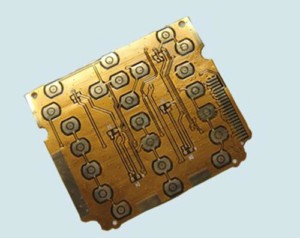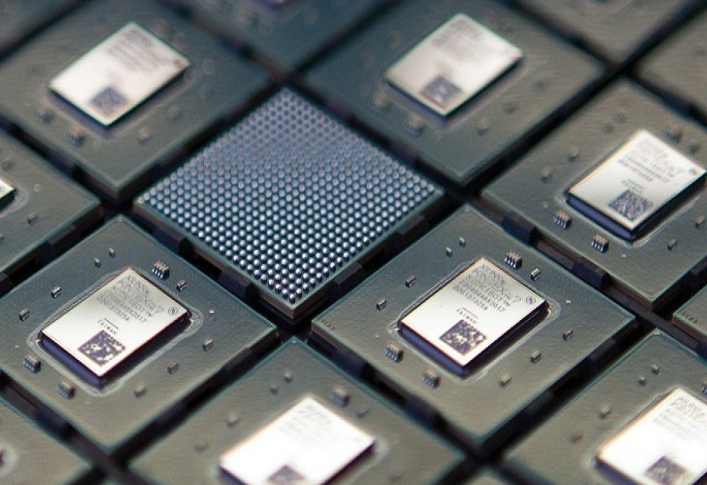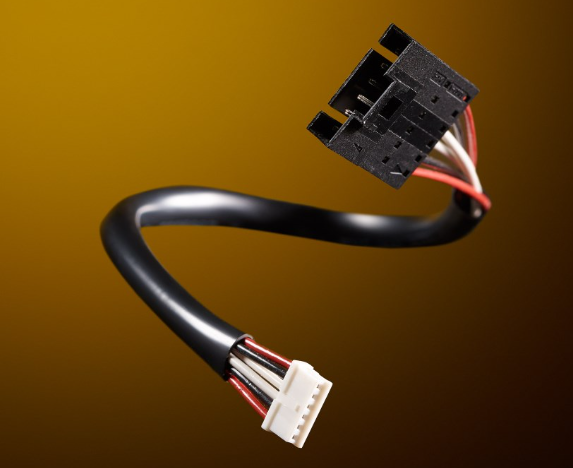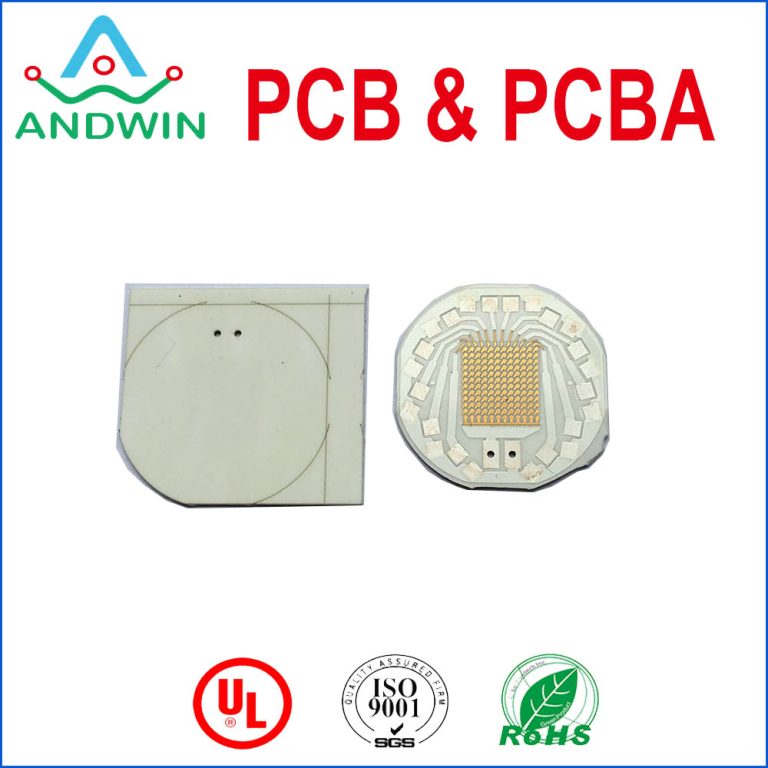pcb components assembly
Printed Circuit Board (PCB) components assembly is a crucial process in the manufacturing
of electronic devices. It involves the placement of various electronic components onto a
PCB board, which is then soldered to create a functional circuit. The process of PCB
components assembly requires precision, accuracy, and attention to detail to ensure that
the final product is of high quality and meets the required specifications.
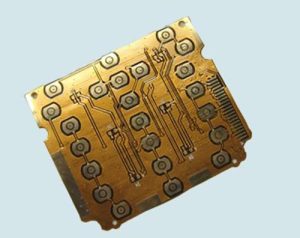
The first step in the PCB components assembly process is the selection of the components to
be used. This involves choosing the right components based on the specifications of the
circuit design. The components selected must be compatible with the PCB board and must meet
the required electrical and mechanical specifications. This is important to ensure that the
final product functions as intended and does not fail prematurely.
The next step is the placement of the components onto the PCB board. This is done using
automated pick-and-place machines or manually by skilled technicians. Automated pick-and-
place machines are more commonly used in large-scale production, while manual placement is
preferred for smaller production runs. The placement of the components must be precise to
ensure that they are in the correct position and orientation.
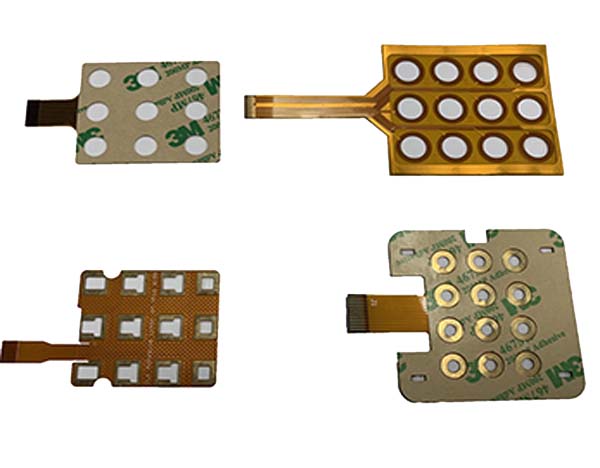
Once the components have been placed onto the PCB board, the next step is the soldering
process. Soldering is the process of joining the components to the PCB board using a
soldering iron or a wave soldering machine. This process involves the application of heat
to melt the solder, which then flows and solidifies to create a strong and permanent bond
between the components and the PCB board. The soldering process must be carefully
controlled to prevent damage to the components or the PCB board.
After the soldering process, the PCB board undergoes a series of tests to ensure that it
meets the required specifications. These tests include electrical testing, functional
testing, and visual inspection. Electrical testing involves checking the electrical
connections between the components and the PCB board to ensure that they are functioning
correctly. Functional testing involves checking the overall functionality of the circuit to
ensure that it is working as intended. Visual inspection involves checking for any defects
or abnormalities in the PCB board or the components.

In conclusion, PCB components assembly is a critical process in the manufacturing of
electronic devices. It requires precision, accuracy, and attention to detail to ensure that
the final product is of high quality and meets the required specifications. The process
involves the selection of the right components, the placement of the components onto the
PCB board, the soldering process, and a series of tests to ensure that the final product is
functional and reliable. With the right expertise and equipment, PCB components assembly
can be done efficiently and effectively, resulting in high-quality electronic devices.

